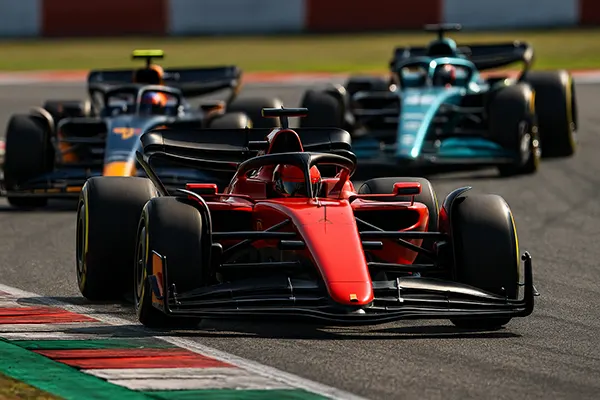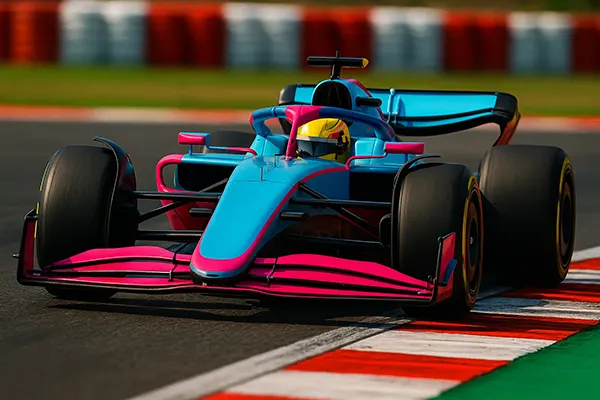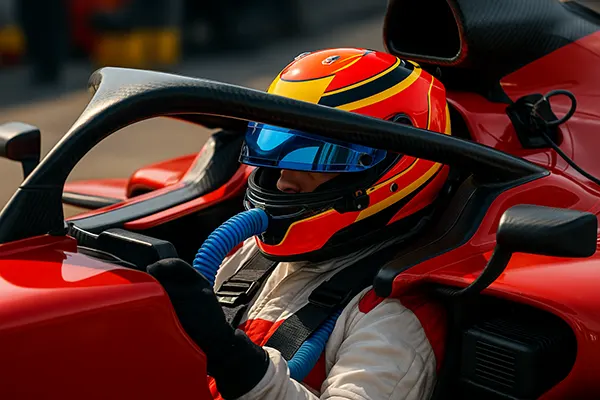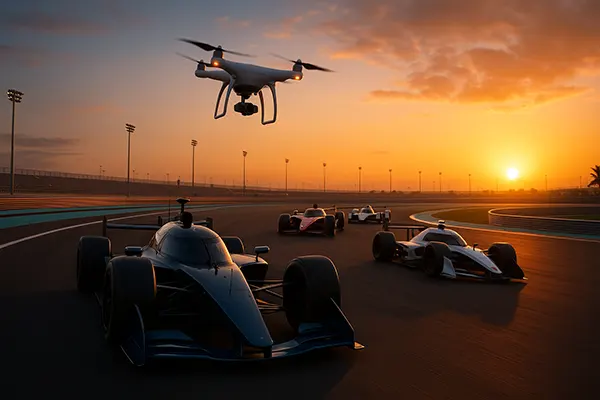Similar articles
Impact of the New FIA 2026 Regulations on Formula 1 Team Strategies

The upcoming FIA regulations for the 2026 Formula 1 season are set to introduce significant changes to car aerodynamics and power units. These new technical guidelines will inevitably shape how teams approach their strategies, from car design to driver selection and even betting predictions. Understanding these changes and their potential impact is crucial for teams and enthusiasts alike.
Aerodynamic Changes and Their Impact on Car Design
One of the most significant aspects of the 2026 regulations is the overhaul of aerodynamic specifications. The FIA aims to reduce aerodynamic drag while increasing downforce efficiency. This adjustment is intended to enhance overtaking opportunities and create more competitive racing conditions.
Teams will need to adapt their car designs to accommodate these changes. The focus will shift towards optimizing airflow, reducing turbulence, and maintaining stability at high speeds. As a result, engineers will be tasked with finding innovative solutions to balance downforce and drag, while adhering to new limitations on aerodynamic elements.
Moreover, the introduction of stricter rules regarding wing flexibility will affect how teams approach cornering dynamics. Stiffer and less adjustable wings could lead to reduced aerodynamic performance in complex track sections, requiring a more holistic design approach to compensate.
Strategic Adjustments to Aerodynamic Limitations
To stay competitive, teams must prioritize fluid dynamics simulations and wind tunnel testing. Computational Fluid Dynamics (CFD) will become an even more essential tool for predicting aerodynamic performance under the new regulations. Data-driven insights will guide teams in developing optimal wing shapes and underbody configurations.
Additionally, car balance and weight distribution will play a pivotal role in maintaining speed without compromising cornering ability. Teams may also invest in advanced materials that provide rigidity without adding unnecessary weight, complying with the updated FIA material restrictions.
The adjustments to aerodynamics will not only affect car setup but also influence race strategies, particularly on circuits that favor high-speed sections versus technical corners.
Power Unit Innovations and Performance Implications
In line with the FIA’s sustainability goals, the 2026 regulations will mandate more efficient and eco-friendly power units. Hybrid technology will take center stage, with increased emphasis on electric motor integration and reduced internal combustion engine (ICE) output.
Teams will face the challenge of maintaining power output while adhering to stringent fuel efficiency requirements. As a result, power unit manufacturers will explore lighter and more energy-dense battery technologies to offset the loss of ICE power.
Furthermore, thermal efficiency improvements will be necessary to maximize the power generated by both electric and combustion components. Innovations in cooling systems and energy recovery processes will be crucial to achieving optimal performance without breaching FIA’s energy consumption limits.
Team Strategy Adjustments to Power Unit Regulations
Teams will need to develop race strategies that maximize energy recovery during braking and acceleration phases. The increased reliance on hybrid systems will mean that managing battery levels throughout the race becomes a priority.
Additionally, optimizing pit stop strategies to account for energy recovery and deployment will become essential. Teams may also need to train drivers to manage power usage dynamically, adapting their driving style to balance speed and efficiency.
The introduction of fuel flow limitations will require precision in fuel management strategies, potentially leading to more conservative race approaches during endurance circuits.

Impact on Team Dynamics and Driver Selection
The new regulations will not only affect car performance but also influence team dynamics and driver choices. Teams will likely favor drivers with adaptable racing styles and a strong ability to manage energy recovery effectively.
Young drivers with experience in electric racing series, such as Formula E, might gain a competitive edge. Their familiarity with hybrid power management can prove invaluable under the 2026 regulations.
Additionally, the emphasis on eco-friendly racing will shape sponsorship and brand alignment, as teams seek partners aligned with sustainability values.
Optimizing Team Collaboration and Skills Development
To prepare for the regulatory shift, teams must invest in driver training programs focusing on hybrid power management and energy-efficient driving techniques. Collaborations with electric racing experts could also provide insights into maximizing hybrid unit performance.
Moreover, fostering communication between engineers and drivers will be critical. Regular debriefs on hybrid performance and aerodynamic adjustments will help teams fine-tune their strategies throughout the season.
Finally, teams may explore strategic alliances with automotive brands specializing in electric and hybrid technology to gain technical expertise and competitive advantages.



